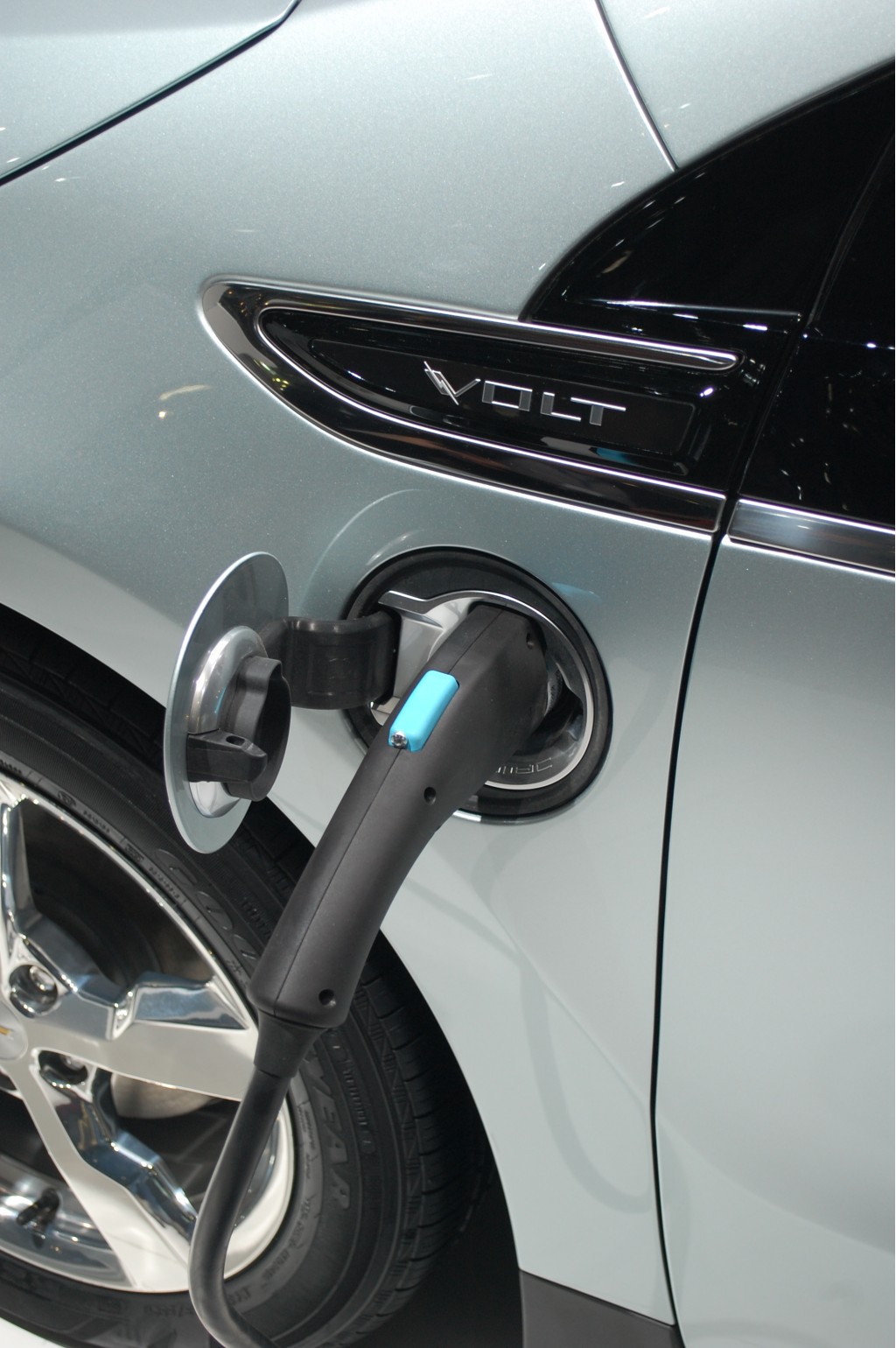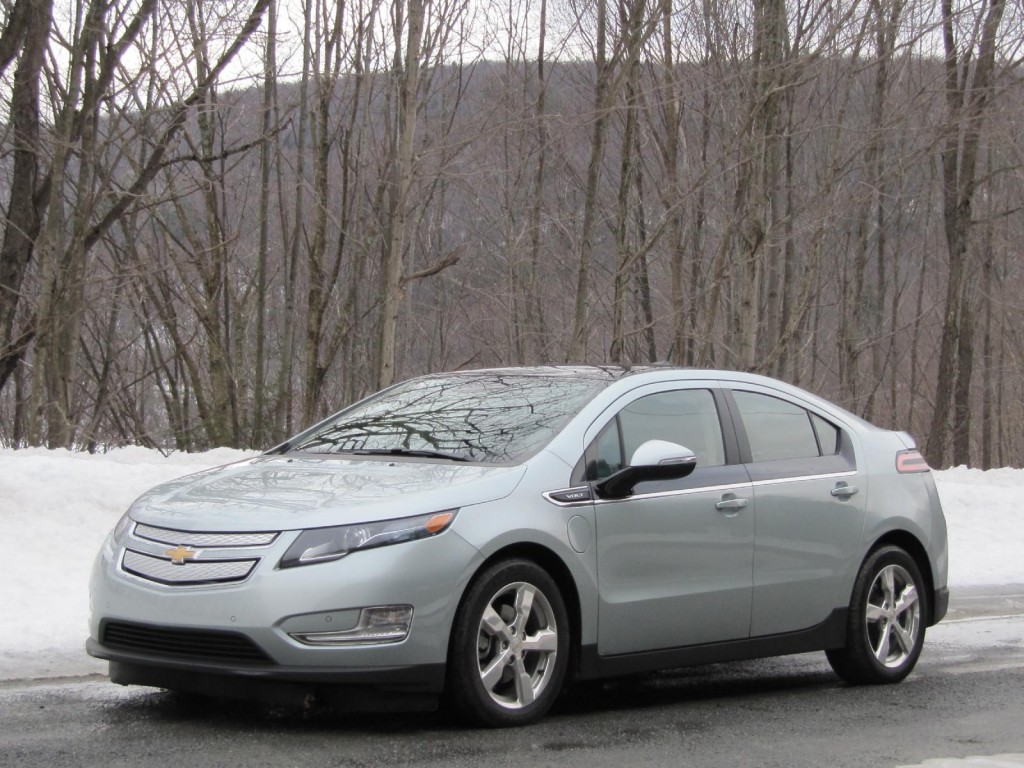The 2012 Chevrolet Volt will soon be arriving at Chevrolet dealers nationwide as General Motors makes the plug-in hybrid electric car available to all fifty states before the end of this year.
But on year on from the launch of the 2011 Chevrolet Volt, what are the differences between the 2011 and 2012 models?
Here’s our list of things that you need to know about the revised 2012 Chevrolet Volt.
How it works
The 2012 Chevrolet Volt is a range-extended plug-in hybrid. Using a small battery pack, it can operate for up to 35 miles in all-electric mode everywhere from city streets through to the freeway.
But when its battery pack is depleted, the Volt’s 1.4 liter gasoline engine kicks in, powering a generator capable of producing up to 55 kilowatts to run its 111kilowatt electric motor for a total range of 379 miles.
The Volt can also be run in ‘mountain mode’ -- allowing the driver to force the Volt to use both gasoline and battery power in situations when the car will be operating under heavy load for many miles.
Charging

2011 Chevrolet Volt charging port
As the 2012 Chevrolet Volt is a car which can operate from either electricity or gasoline, its battery pack is a lot smaller than all-electric cars like the 2012 Nissan Leaf.
At just 16 kilowatt-hours in size, the Volt’s battery pack can charge from empty in 10 hours or less using a standard 110-volt charging cord plugged into a domestic power outlet, or in around 4 hours using a suitable level 2 J1772 compliant charging station.
Pricing, options
At $39,995, the base-level 2012 Chevrolet Volt is over $1,000 cheaper than the base-level 2011 Volt -- but it has less standard features than its predecessor.
The Satellite navigation and DVD entertainment system featured as standard on the 2011 Volt is now offered as a $1,995 premium option for the 2012 Volt.
Also reduced on the 2012 Chevrolet Volt is the car’s OnStar coverage. Dropped to 3 years complimentary coverage from the 5 years offered with the 2011 Chevrolet Volt, owners of the 2012 Chevrolet Volt will have to pay an additional $299 per year for the additional coverage.
So although the 2012 Volt has a lower base price and larger, more impressive options list than the year before anyone wanting a Volt with the same specifications as the previous year’s $41,000 base model will find themselves shelling out an shattering $43,083.
Driving, handling

2011 Chevrolet Volt drive test, March 2011
Although we’ve not driven the 2012 Chevrolet Volt, its driving experience will be identical to the 2011 Chevrolet Volt.
We’ve found the Volt to provide a very impressive driving experience thanks to excellent road manners and its T-shaped battery pack providing a very low center of gravity.
Cabin noise is noticeably quiet too -- both with and without the Volt’s range extending gasoline engine running. Part of that is down to the way in which the Volt’s engine works in range-extended mode. Rather than rise and fall with the speed of the car, it operates within a very narrow band of engine speeds -- making it easy for engineers at chevrolet to design acoustic dampening to keep noise minimal inside the cabin.
We also love the Volt’s “Low” setting on its “transmission selector”. Paired with the “Sport” power mode, it’s possible to drive the Chevrolet Volt without really even touching the brake pedal in what we lovingly title “The Volt’s Tesla Setting”.
Want more?
We’ve not yet officially tested the 2012 Chevrolet Volt but if you want to know more information, don’t forget to bookmark our Ultimate Guide to the 2012 Chevrolet Volt, join the GreenCarReports, Facebook page, or follow @greencarreports on twitter.













